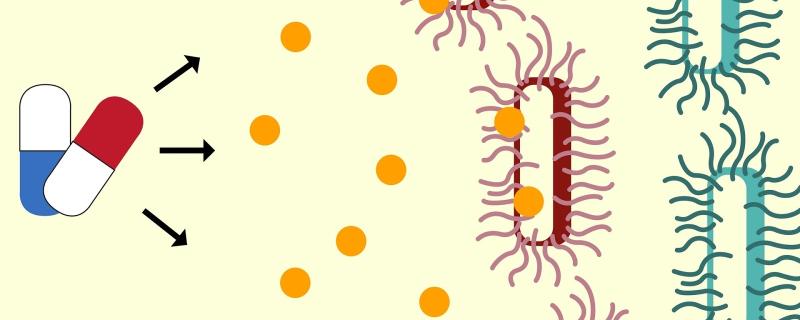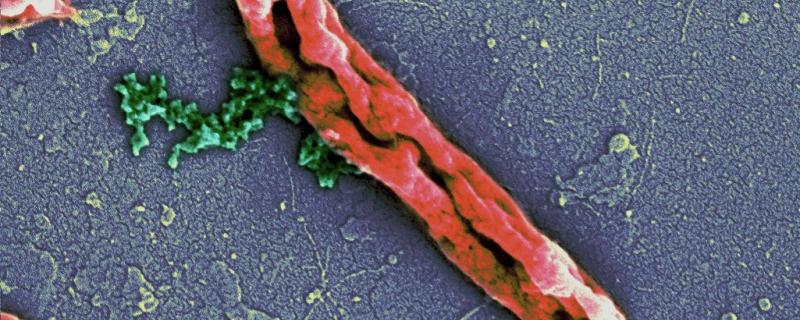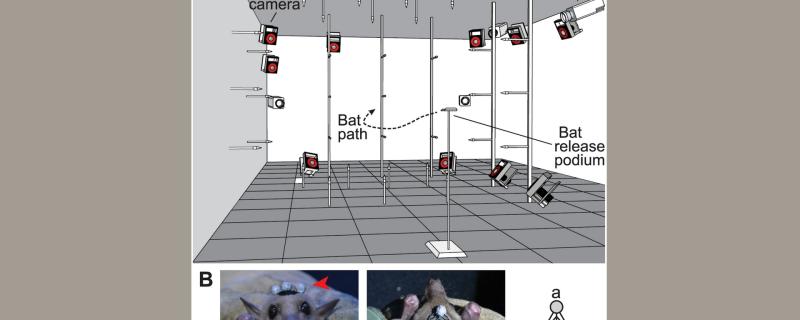Dr. Renu Swarup, Senior Advisor and Scientist H at the Department of Biotechnology (DBT), Government of India took over as Secretary, DBT on 10th of April 2018.
Archives
In a novel study, researchers from the Indian Institute of Technology, Bombay, test how oxidative stress induced by a combination of drugs can help fight drug resistant strains of Tuberculosis.
Researchers from Indian Institute of Technology Bombay, Mumbai have observed a new phenomenon in a semiconductor quantum dot-- particles of nanometre (a billionth of a meter) size which are also called artificial atoms) made of Cu2ZnSnS4 (CZTS).
Researchers from the Indian Institute of Science, Bangalore use a computational approach to design peptides which are highly effective in killing drug resistant microbes.
Scientist from Visvesvaraya National Institute of Technology, Nagpur, National Institute for Material Sciences, Ibaraki, Japan and Institute for Plasma Research, Gujarat have developed a novel composite material composed of carbon nanotubes decorated with thin films of zinc ferrite (ZnFe2O4) for practical applications like, energy storage.
Scientists from the Indian Institute of Sceince, Bangalore show us how the humble grain of rice can be a historian and meterologist!
Scientist from Indian Institute of Technology Kanpur (IITK) have developed a novel ternary nanocomposite (compound made of three different nano compounds) which can remove methylene blue from a solution when shone with visible or Ultra Violet (UV) light.
Scientists from the Indian Institute of Technology, Kanpur, devise a new method to make chemotherapy safer and easier with the help of liposomes.
A new study by scientists at Council for Scientific and Industrial Research (CSIR) - Institute of Genomics and Integrative Biology and All India Institute of Medical Sciences in New Delhi have identified the potential role of two genes--ARID1A and KAT2B in the development of obesity.
Bats use high frequency sounds waves to echolocate their food. While most bats move their heads, nose, ears or mouth to change the direction of the sound waves they produce, Egyptian fruit bats do so without any visible movements in their head or body. Scientists from IISER Pune and University of Washington, USA, Johns Hopkins University, USA explore how they pull off this feat.









